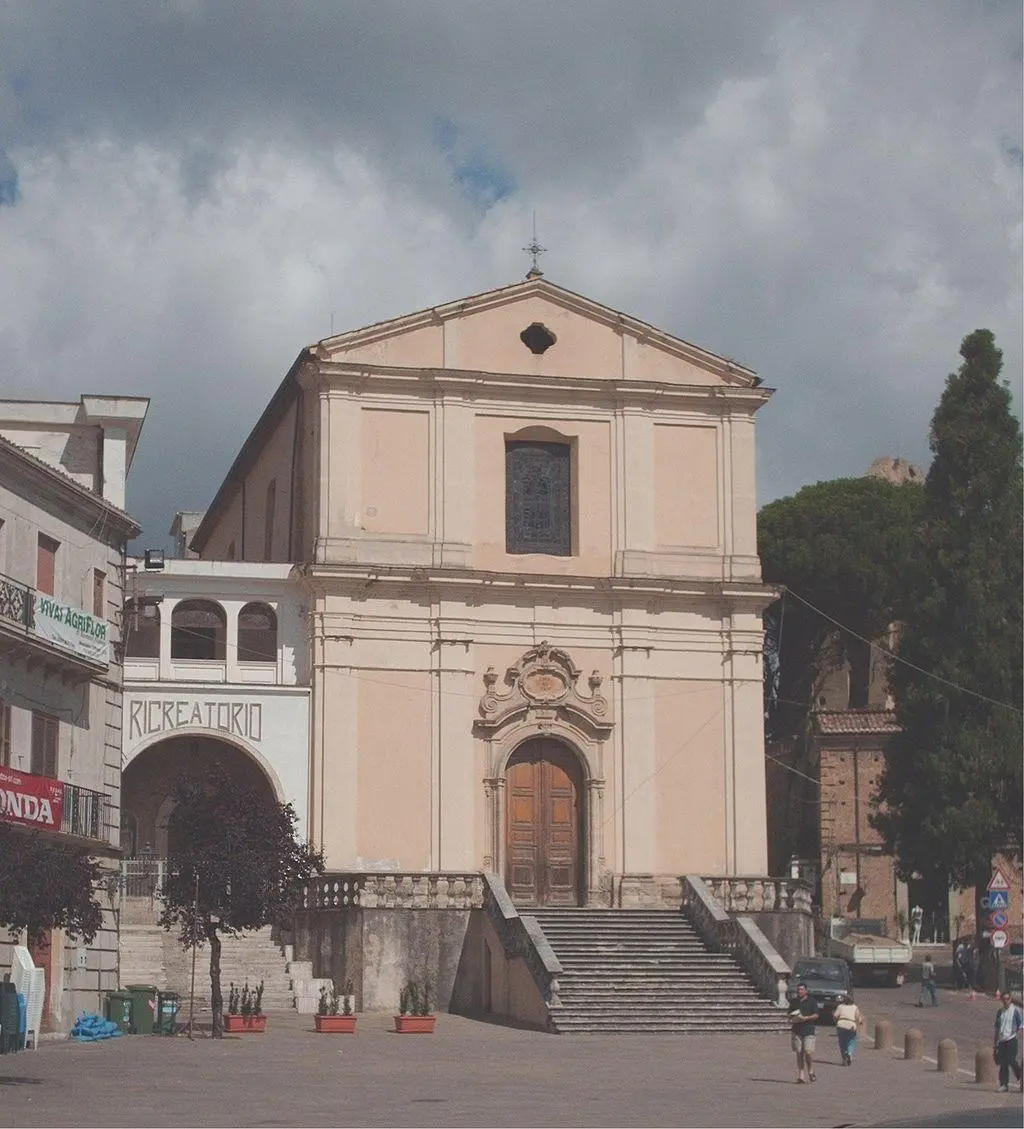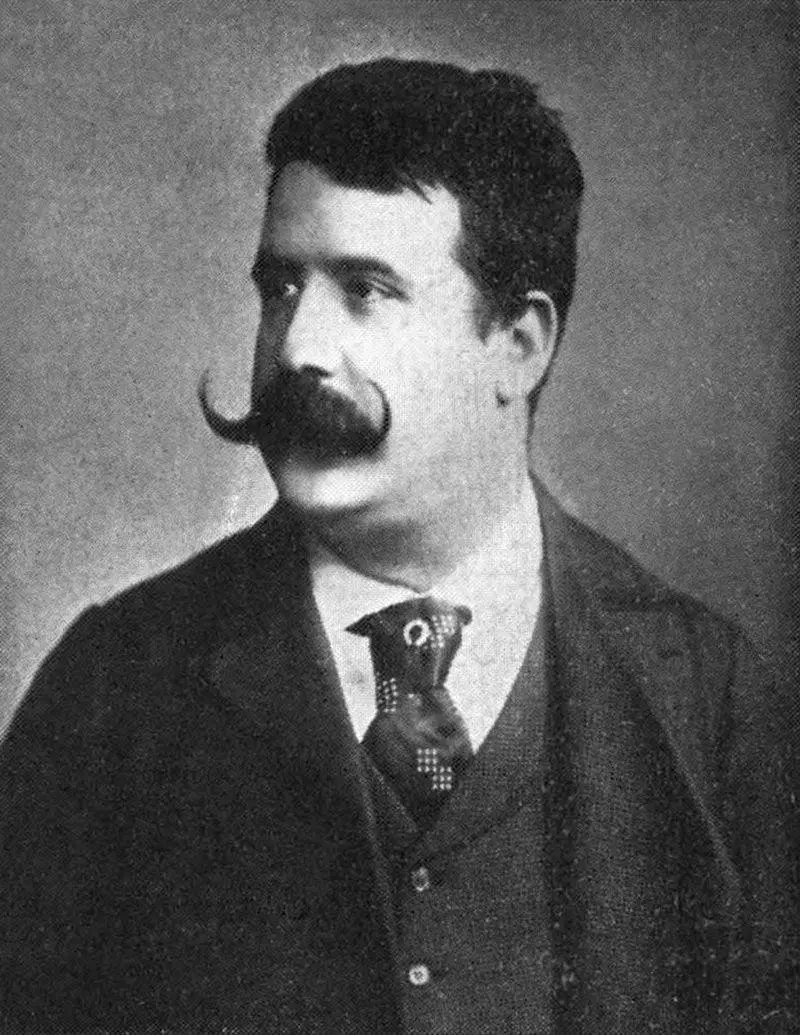Historic Centre

Point of interest
Original Aufugum of Roman era, located in the "Stories" by Tito Livio, the town was destroyed first by the Visigoths, under Alaric in 410 AD, then by the raids of the Saracens in the ninth century. Rebuilt in the same place under the name of Mons Altis, the town was an important military Norman centre, with a castle and several watchtowers. It was precisely the Normans to favor the arrival of Jewish and Waldensian communities in Montalto, in the same period in which the Christian community built the Cathedral of the Assumption, one of the most famous sacred monuments in Calabria: author of the spectacular staircase, tuff balustrade and the portal was the architect Nicholas Ricciulli. The urban fifteenth century is in an organic form: outside the walls settled the two religious communities, the Jews in the Cafarò district (enclosed space on two sides to the commercial functions) and the to Borgoltramontano (on the road axis closely to the related fields). With the Aragonese Montalto became an important religious center and most of the Monastic Orders built a stately mansion here, in particular the Carmelites, with the philosopher-astronomer Paolo Antonio Foscarini, founder of the Montaltina Inculti Academy. In 1561, as a result of the Counter Reformation was consumed in Montalto note "Massacre of the Waldensian". Between the sixteenth and twentieth centuries, the modest buildings became "palace": Canenea Palace (seventeenth century), Nardi Palace (seventeenth century), Alimena Palace (XVI century), D'Alessandro Palace (XVI century) and Sacchini Palace (XVI century). All the historical center is rich in ancient buildings in Spanish style, with beautiful worked doors.

